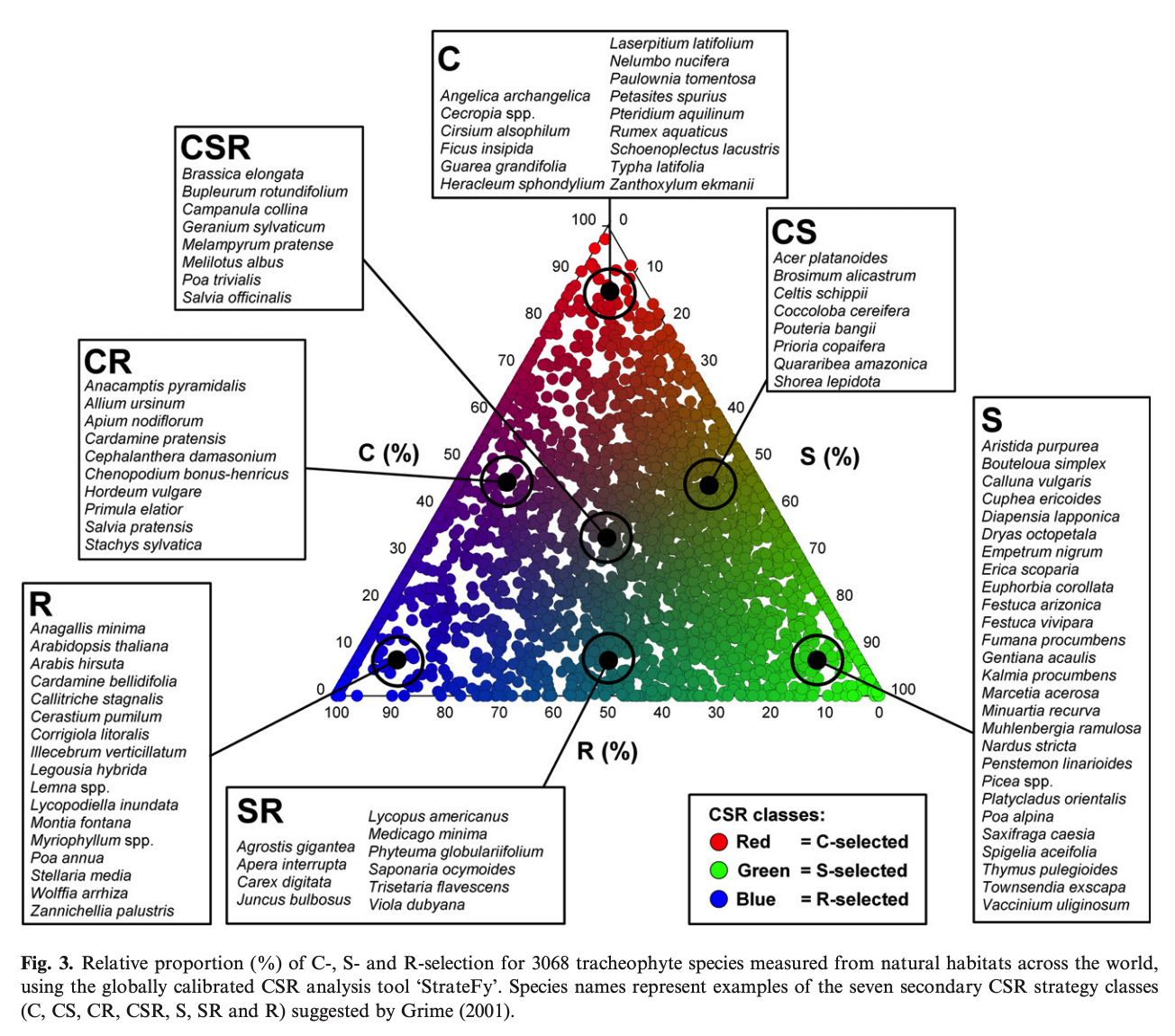Tuesday May 8th was incredible for exploring the wilds of east Texas. My herbaceous plants class joined Peter Loos to see rare and unusual plants near Lake Sam Rayburn.
Students listen to Peter Loos talk about his plant explorations at Little Cow Creek.
One target species for the day was Stewartia malacodendron near Little Cow Creek, a refugia that allows this Theaceae member’s survival in Texas. We found the plant in peak bloom, the bright solitary flowers glowing on the forest edge only a short distance from the stream. Closer inspection revealed dark purple stamens resting at the center of a white platter of petals. The forms we saw were shorter and more shrub-like than most Stewartia I’ve encountered. On one plant the branches were almost hugging the ground. It deserves to be planted more. I collected some cuttings in the hope of encouraging that. Peter mentioned they were difficult to root, but some colleagues shared some practices with me that might enhance the propagules’ survival.
Here I’m shooting down at this hanging branch on Stewartia malacodendron.
A close up of the delicate flowers of Stewartia malacodendron. Notice the maroon filaments of the stamens.
The ruffled petal edges on Stewartia malacodendron.
We saw other unique woodies at this location. Right next to the Stewartia was a Hamamelis vernalis with good maroon coloration in the emerging foliage and a healthy stand of fruit on the old growth.
The red-colored pigments in the emerging foliage on this Hamamelis vernalis likely provide protection from sunlight.
A new tree to me was Crataegus marshallii (parsley-leaf hawthorn), which resembled a small-leaved Acer palmatum with the dissection and red petioles.
The leaves of Crataegus marshallii look like little Christmas trees!
And, we found a nice stand of Rhus trilobata, an excellent native groundcover.
Students contemplate trusting Peter and me that this is actually three-leaf sumac (Rhus trilobata) and not poison ivy!
On the herbaceous side (since this was an herbaceous plants class trip), I marked a plant off my wish list for seeing in the wild—Trillium ludovicianum! I adore Trillium and miss growing them and seeing them from haunts back east. This species is one that makes it far enough west. I was amazed to see the sandy soil it was growing in! I always imagined this species growing in cool, moist ravines here in east Texas, and here it was growing on a ridge of sand just a few feet short of missing the road grader’s blade! Trillium ludovicianum appears similar to Trillium gracile with speckled leaves, but it has a more clump forming habit.
Trillium ludovicianum a bit past prime bloom but a spectacular find!
Another plant that I was happy to see was a species of pussytoes called Antennaria parlinii because I’ve been searching for good matrix species for the south. It grew in an open spot under small trees, again in sandy soil. Most Antennaria are good groundcovers, and while there was space between plants, perhaps with some encouragement the foliage would knit together.
Before we left, we made a brief trip down to the stream to see a western population of Itea virginica and a disjunct population of Xanthorhiza simplicissima. I’m was thrilled that Peter introduced us to this unique habitat where species that occur in abundance further east still find a home.
Part two of the trip coming soon.





























